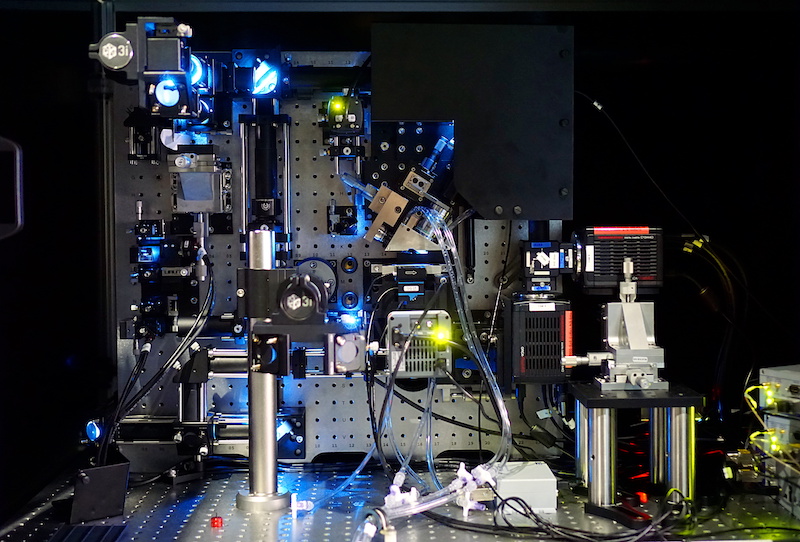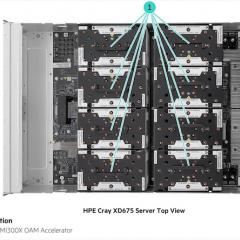
A leading cell biology journal has published an Institute for Molecular Bioscience (IMB) paper that is the first based on substantial use of UQ’s new Lattice Light Sheet Microscope (LLSM).
In the Journal of Cell Biology paper, Dr Adam Wall and Dr Nicholas Condon, from Professor Jenny Stow's lab at IMB, detail their discovery of new structures they termed ‘tent-pole ruffles’ on the surface of immune cells called macrophages; the ruffles help the cells gulp the surrounding fluid for sampling.
Using the LLSM, installed at IMB a year ago, scientists have seen in exquisite, real-time detail, for the first time, how immune cells survey their surroundings to detect threats to health. The imaging also provides insights into how aggressive cancer cells sustain their growth.
"It's really exciting to be able to see cell behaviour at unprecedented levels of resolution," Dr Wall said. "This is discovery science at the cutting edge of microscopy and reveals how much we still have to learn about how cells function." (Read more about the research on IMB’s website.)
Prof. Stow said the paper showcases UQ’s imaging capabilities and that its researchers can do the highest quality imaging and analysis. “The imaging in the paper has been very well and widely received by the scientific community and by members of the public,” she said.
In the three days after the paper was first published online, it had accumulated more than 10,000 views and was in the top 5 per cent of all research outputs scored by Altmetric.
LLSM inventor and Nobel prize-winner Eric Betzig said of the paper: “The movies and figures are very beautiful.”
The paper’s imaging and analysis was done at UQ and the Janelia Farm Research Campus in Virginia, USA, where Professor Betzig is based.
“Getting the LLSM to work so quickly in Australia has been a big achievement for UQ, and that’s thanks to the work of lots of people at IMB, RCC, the Queensland Brain Institute, Centre of Microscopy and Microanalysis and others,” said Prof Stow.
The LLSM operates in the IMB Microscopy Facility where scientists are using it to view more new and detailed cell behaviours.
RCC has led development of dedicated computing and storage infrastructure to handle LLSM’s big data volumes, and has been developing a software tool, called Phoebe, that can visualise similar data in the future.



